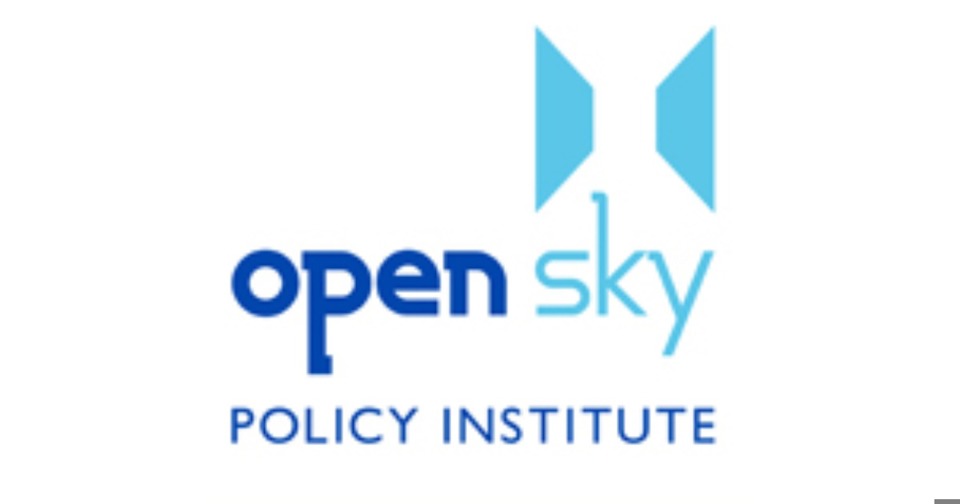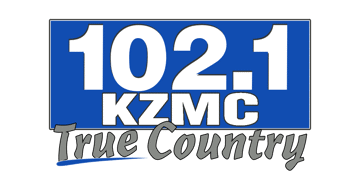Open Sky Gives Its Perpspective on Special Session Bills

The Nebraska Legislature convened in special session last week and began bill introduction, which will continue through Monday. Also beginning Monday will be hearings in the Revenue committee to gather public input on proposed legislation. OpenSky has begun analyzing legislation, and we will be prepared to offer in-person testimony.
LB 7
LB 7 would create a new top tax bracket for individuals with incomes of over $250,000 and joint filers with incomes over $500,000. Income taxes of 9% would be incurred on this particular group, and the yearly personal income tax cuts for the second and third highest tax brackets that were passed in 2023 would apply for subsequent brackets. While an additional tax bracket for the highest income earners would increase tax equity, and it would create an increase in revenue for this year, it will ultimately see diminishing returns as the income tax rates for the third and fourth highest brackets continue to decrease through FY28-29. Eventually, it may be unable to fully offset the lost revenue.
LB 9
LB 9, introduced by Senator Jana Hughes with a bipartisan slate of co-introducers, would gradually lower the levy cap for local K-12 public school districts over a decade, eventually reaching 25 cents per 100 dollars of assessed value, down from the current $1.05 levy cap. Because this would reflect an adjustment in the “resources” side of the TEEOSA formula, it would bring more districts into what is known as equalization, where the state of Nebraska covers the gap between the total resources available and the district’s specific needs. Of Nebraska’s 244 school districts, 233 would be in equalization, up from the current 64 districts. The bill would be funded through the existing Property Tax Incentive Act (LB 1107) funds available, but Hughes estimates the state would still need to generate an additional $444 million. The shift of more responsibility of school district funding from local property tax payers to the state outlined here would be a step in the right direction, especially as it leaves the TEEOSA formula mostly intact.
LB 10
Last year, the Legislature passed LB 754 which aggressively reduced personal and corporate income taxes. The cuts are meant to be phased in over the next several years depending on which bracket someone falls into. Tax cuts outlined in LB 754 would reduce the state’s revenues by $558 million over the next two years. By full implementation in 2027, the income tax cuts under consideration would reduce funds available for key initiatives in Nebraska by over $3 billion. LB 10 would pause these cuts to help the Legislature weigh the benefits of a variety of tax cuts, including deeper cuts to property taxes, as well as avoid further sweeps to cash funds. This would provide a balanced approach to long-term budgeting.
LB 12
The Property Tax Incentive Act (LB 1107) allows taxpayers to deduct 30% of the portion of property taxes paid to their local K-12 school district (minus any existing bonds) when filing their income tax return. The bill was intended to provide significant relief, but has had poor adoption rates since its inception, with fewer than 50% of eligible recipients claiming their refund. LB 12 would use the same funds and maintain the same credit, but instead of requiring that it be claimed on income tax returns, it would “front load” the credit on the taxpayer’s property tax statement. Senator Jen Day introduced the bill to help streamline the process and increase participation rate so that all property taxpayers could benefit without new and additional sales taxes.
